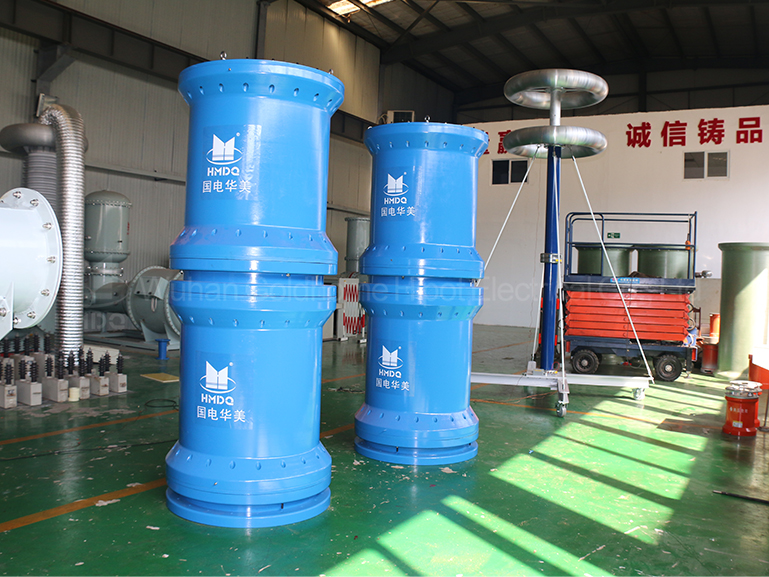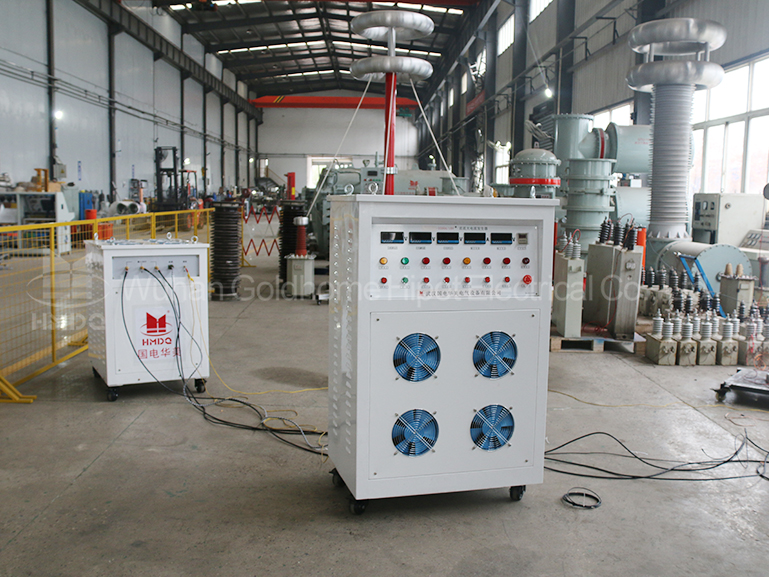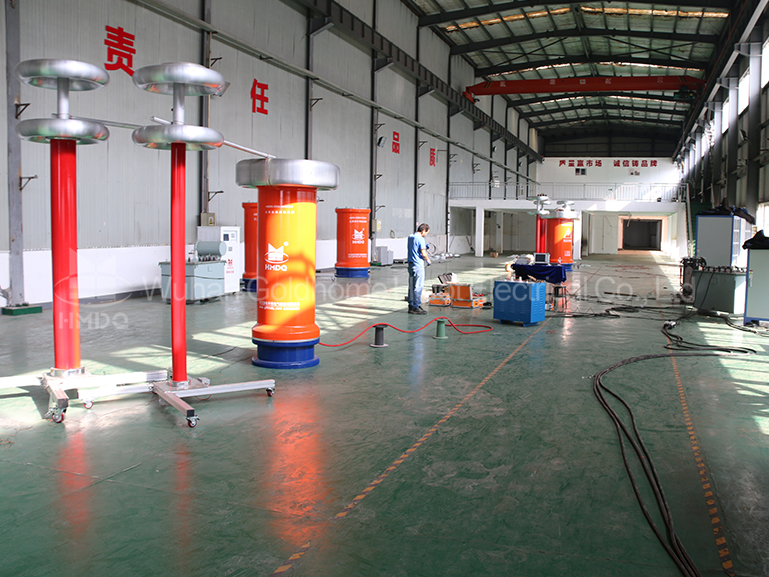How to choose AC Resonant Test System

When choosing an AC Resonant Test System,there are several important factors to consider to ensure it meets your testing requirements.Here are some key considerations:
1.Voltage and Current Capacity:Determine the maximum voltage and current levels required for your testing application.Choose a system that can provide the necessary voltage and current levels to ensure accurate and reliable testing.
2.Frequency Range:Consider the frequency range needed for your testing application.Some systems offer a wide frequency range,while others are designed for specific frequency ranges.Choose a system that can provide the required frequency range for your testing needs.
3.Test Object Size and Weight:Consider the size and weight of the test objects that will be tested with the system.Choose a system that can accommodate the size and weight of your test objects.
4.Safety Features:Look for safety features such as overload protection,interlocking mechanisms,and emergency stop buttons to ensure safe operation of the test system.
5.Control and Monitoring Capabilities:Consider the control and monitoring capabilities of the system.Look for features such as digital displays,data logging,and remote control options to ensure easy operation and monitoring of the test system.
6.Compliance with Standards:Ensure that the test system complies with relevant industry standards and regulations to ensure accurate and reliable testing results.
7.Technical Support and Service:Consider the availability of technical support and service for the test system.Choose a system from a reputable manufacturer that offers reliable technical support and service.
By considering these factors,you can choose an AC Resonant Test System that meets your testing requirements and provides accurate and reliable results.Additionally,it's important to consult with experts in the field and conduct thorough research to ensure the chosen system aligns with your specific testing needs.
1.Voltage and Current Capacity:Determine the maximum voltage and current levels required for your testing application.Choose a system that can provide the necessary voltage and current levels to ensure accurate and reliable testing.
2.Frequency Range:Consider the frequency range needed for your testing application.Some systems offer a wide frequency range,while others are designed for specific frequency ranges.Choose a system that can provide the required frequency range for your testing needs.
3.Test Object Size and Weight:Consider the size and weight of the test objects that will be tested with the system.Choose a system that can accommodate the size and weight of your test objects.
4.Safety Features:Look for safety features such as overload protection,interlocking mechanisms,and emergency stop buttons to ensure safe operation of the test system.
5.Control and Monitoring Capabilities:Consider the control and monitoring capabilities of the system.Look for features such as digital displays,data logging,and remote control options to ensure easy operation and monitoring of the test system.
6.Compliance with Standards:Ensure that the test system complies with relevant industry standards and regulations to ensure accurate and reliable testing results.
7.Technical Support and Service:Consider the availability of technical support and service for the test system.Choose a system from a reputable manufacturer that offers reliable technical support and service.
By considering these factors,you can choose an AC Resonant Test System that meets your testing requirements and provides accurate and reliable results.Additionally,it's important to consult with experts in the field and conduct thorough research to ensure the chosen system aligns with your specific testing needs.



